- info@bola.world
- Customer Support :0086 (0553)-5628 068
- SUBSCRIBE
A LOT HAS HAPPENED IN TEN YEARS...
Ten years ago, Far-UK Ltd was founded to make a difference by developing better technology through its innovation in lightweight design and manufacturing. Since its inception, Far has solved a large number of engineering challenges, many of which have been in the transport and mobility sectors. Lighter components and structures have been developed that bring benefits to both the end-user and to the planet, and processes have been designed that are greener, cheaper and more practical for manufacturers to build into production. To celebrate ten years of innovation, here is an overview of Far’s ten favourite projects.
1. A CUSTOMISABLE BODY STRUCTURE FOR SMALL CARS : FPC
The aim of the FPC (Far Platform Chassis) project was to produce a lightweight body structure for a small vehicle that would offer a cost-effective method of producing vehicles at low volume. Everything was designed around supplying a customisable kit of parts to niche vehicle manufacturers that could be bonded together in their existing facility to make a range of different types of lightweight vehicles. The design comprised a carbon-fibre beam chassis that included bonded composite panels to impart the necessary stiffness.
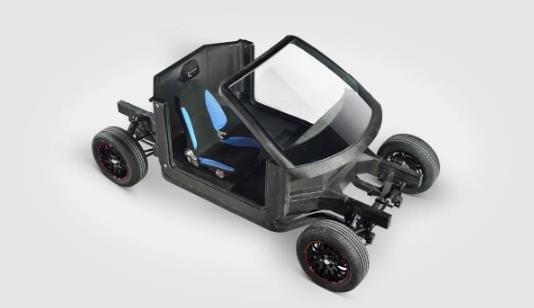
2. A NEW MATERIAL FOR HIGH-VOLUME AUTOMOTIVE APPLICATIONS : HILITE
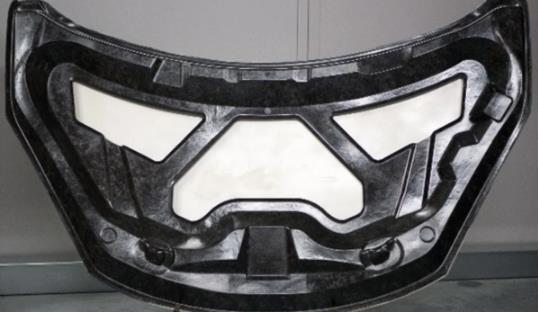
The aim of this project was to develop a novel end-to-end process for the production of high volume, low-cost, lightweight structural components. Analysis Led Design was used to create a composite bonnet-inner structure that was significantly lighter than the original steel structure, cheaper in material costs than an existing composite solution and could withstand the temperature in the e-coat process. Far-UK developed a polymer composite material, based on an epoxy resin system and long discontinuous carbon fibres, which offered the capability to run a near net-shape manufacturing process, reducing the overall piece part count. The complete manufacturing process was developed with a sub two-minute takt time.
3. AN AWARD-WINNING RAIL CARRIAGE : BRAINSTORM
As part of the Brainstorm project, Far-UK was tasked to design a rail carriage structure that would be cost-effective to manufacture, economical to run and easy to maintain. The structure was designed using braided carbon fibre composite beams. This lightweight system acts to reduce both the energy required to propel the vehicle and the wear and tear on the tracks. The modular design allows for easier maintenance as individual sections of the structure can be replaced or repaired, without having to decommission the whole carriage. The beams were also designed such that the wall thickness could be tailored to suit specific mechanical requirements which helps minimise weight and material cost.
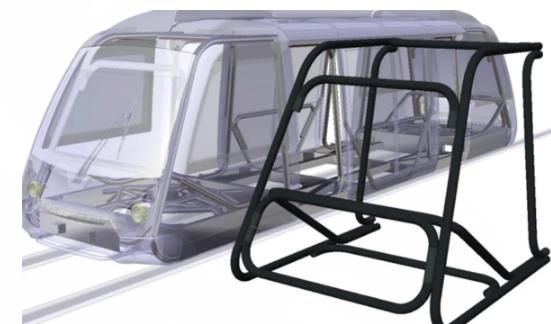
4. A CARBON FIBRE COMPOSITE MOTORBIKE CHASSIS : COMP-LITE
The objective of the COMP-LITE project was to design, manufacture and test concept motorcycle chassis components. A set of carbon fibre composite chassis components was developed that offered approximately a 30% mass saving when compared to the original aluminium components, whilst still retaining structural strength. The component achieved price parity with the aluminium equivalent.
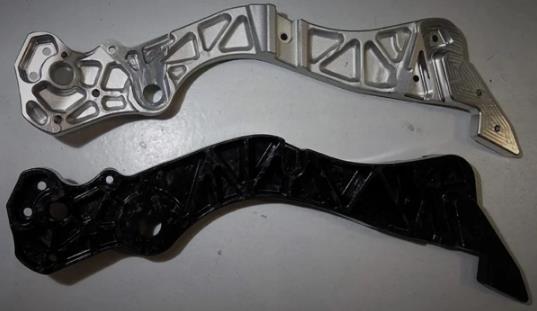
5. JOINING TECHNOLOGY FOR A MULTI-MATERIAL SUBFRAME : LIGHTJOIN
Reducing the carbon footprint of a vehicle can be achieved by reducing its mass, but structural vehicle components, such as the subframe, still need to deliver on mechanical performance. In order to satisfy both of these needs, material choice is a key factor. When the optimal solution is a multi-material structure may provide the optimal solution. However, joining different materials at high volume can be complex and impractical for manufacture. As part of the LightJoin project, Far-UK combined its capabilities of robotic automation and joining to deliver a multi-material subframe from steel, aluminium and CFRP that could be produced at high-volume.
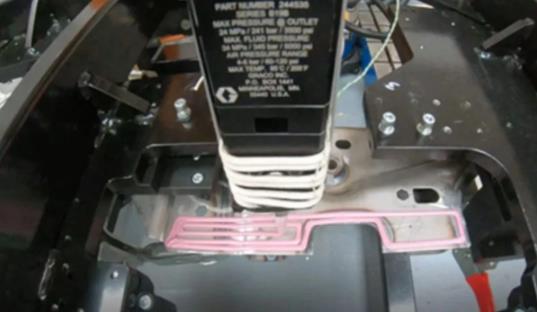
6. LIGHTER WHEELS FOR BETTER VEHICLE PERFORMANCE : ACRIM
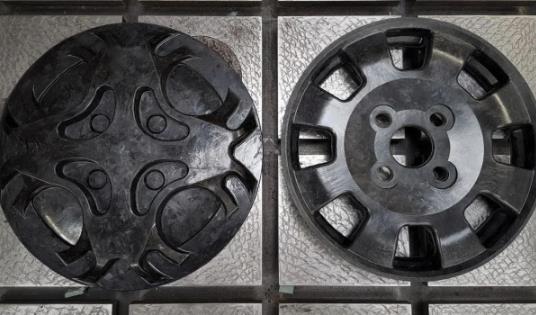
Whilst there are already lightweight composite wheels on the market, their high cost means that they are only suitable for high-end cars. The ACRIM consortium was formed with the aim of delivering a lower cost solution to lighter wheels.
Far-UK combined its specialist analysis led design approach with an SMC press-moulding technique that was developed in-house to manufacture a 13-inch wheel with a compression-moulded centre. It is 44% lighter than its aluminium equivalent, and the automated manufacturing process is suitable for medium- and high-volume production.
7. A LIGHTWEIGHT VEHICLE STRUCTURE WITH SUPERIOR CRASH PERFORMANCE : HALO
Far-UK used an analysis led design approach to develop a superior vehicle crash structure from a combination of steel, aluminium and carbon-fibre composite. This bonded multi-material system delivered a structure with reduced mass and low production cost. It was also found to have superior energy absorption properties than the baseline structure in which only one of these individual materials was used.
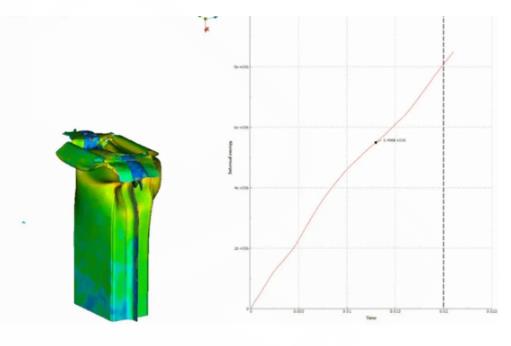
Within this project, Far-UK also developed an accurate simulation programme that gave excellent correlation to real-life crash testing. Simulation reduces development costs through fewer prototypes being required for destructive testing.
8. LIGHTER TRAIN CARRIAGE GLAZING : RESI-GLAZE
The Resi-Glaze project aimed to develop lightweight resilient glazing that would offer safer passenger vehicle operation with improved crashworthiness. Far-UK designed and manufactured an external door leaf for the Coventry Very Light Rail (CVLR) carriages using polycarbonate glazing with an advanced high-durability coating. Finite Element Analysis revealed a substantial mass saving compared to the glass glazing equivalent.
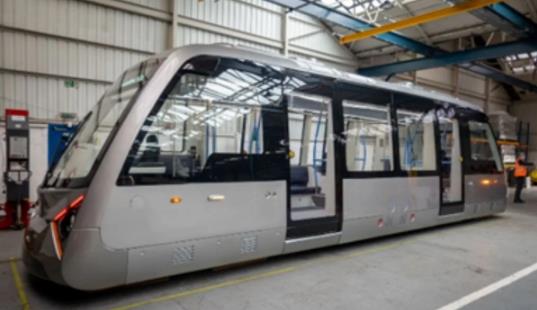
9. MAKING TRUCKS LIGHTER WITH A THERMOPLASTIC COMPOSITE : RECOTRANS
The RECOTRANS project was established to develop more sustainable solutions for transport without increasing manufacturing costs. The aim was to deliver weight saving in the rail and automotive industries, using materials that offered better recycling options at end of life. Far-UK used analysis led design to develop a lightweight rear suspension bracket for the cab of a Mercedes Benz Türk HGV truck. The component needed to be cost-effective and practical to manufacture, so a material system was developed to kept the takt time and energy costs low.
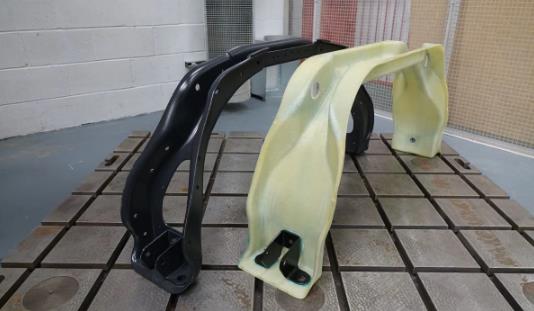
10. A THREE-WHEELER CHASSIS FOR A CAR OF THE FUTURE : NOBE
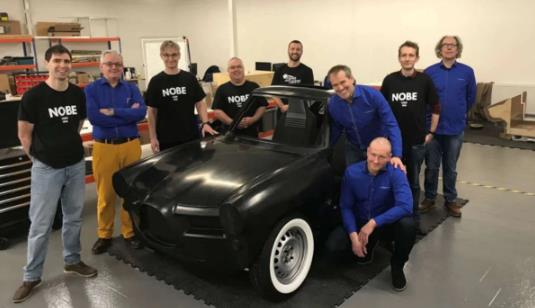
Far-UK has a significant history of car design and, over the past year, has been tasked by Nobe Cars USA to produce a lightweight electric vehicle. The design of the vehicle was inspired by combining the growing environmental need for more sustainable mobility with the beauty of a classic car. Far used its experience in lightweight design to deliver a carbon fibre composite body structure that offers significant weight reduction to the vehicle.
INCREDIBLE COLLABORATIONS
All these projects have been collaborations, and we have enjoyed working with so many brilliant engineering companies over the years. Most of the projects have been part-funded by various associations including Innovate UK, SBRI, EU’s Horizon 2020 and The Niche Vehicle Network, so we would like to thank them all for enabling the development of technology in design and manufacturing.